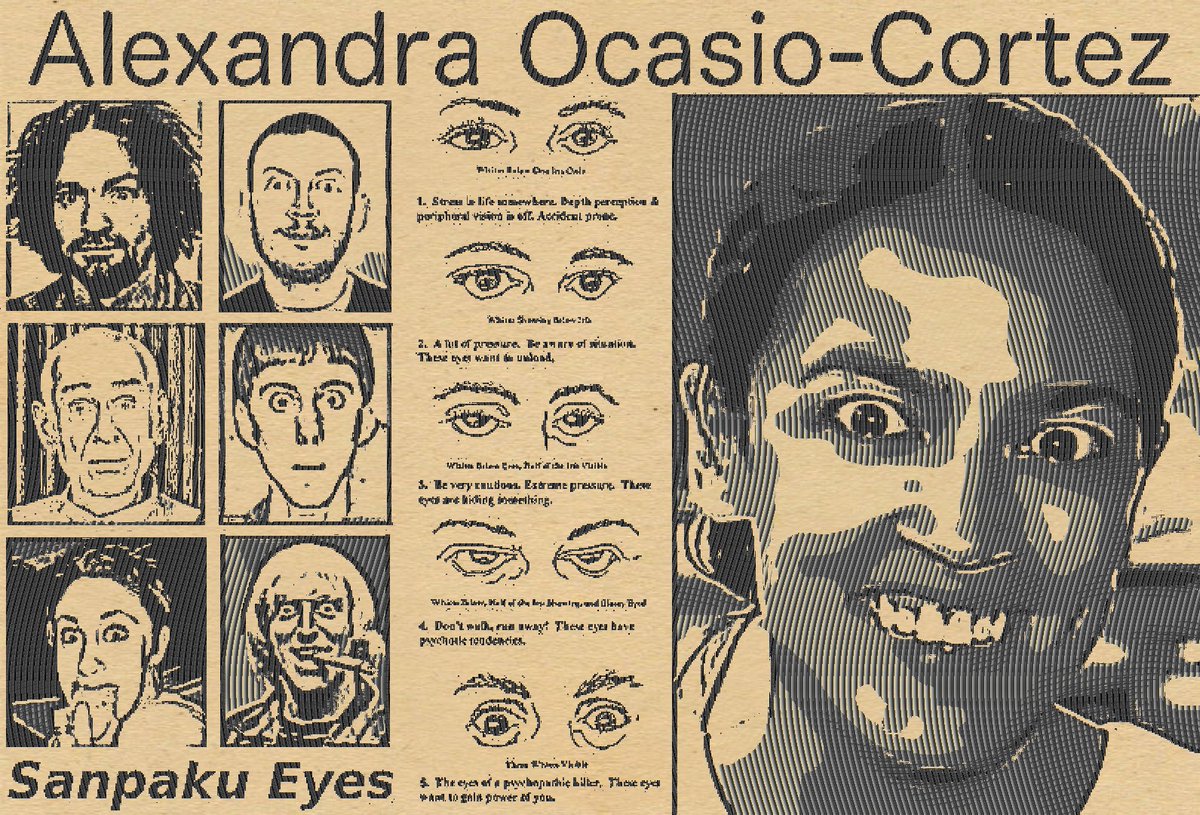

Ohsawa stole the idea of sanpaku from antiquated Asian diagnostic practices of interpreting facial traits. George Ohsawa, a Japanese thinker who spread the macrobiotics diet to the West and popularized the idea of yin-yang balance via eating a wide variety of complete foods, is primarily responsible for introducing the sanpaku concept to the West. This suggests that the individual's mental or physical health is not optimal. The rules were established out of concern for the health and safety of people with Sanpaku's eyes, who are thought to be more vulnerable to illness and deadly accidents.Īs Brian Ashcraft described, Iris elevation and prominence of the lower eyelid are indicators of aging and illness. He said people with this disease would benefit from eating more healthy grains, veggies, and dried fruits. In the West, George Ohsawa is most known for popularizing macrobiotics and the term Sanpaku. However, it wasn't until the 1990s that the topic gained widespread attention. The book "You Are All Sanpaku" was written by Ohsawa and released in 1965. What are Sanpaku eyes? Theory Behind Sanpaku Eyes If you subscribe to the myth, it depends on whether the whites of the eye are seen above or below. Since then, Sanpaku's relationship to one's destiny has been the subject of much conjecture. In the 1960s, this belief exploded in the West because Japanese novelist George Osawa used the eyes of prominent Americans to prophesy their deaths (including Marilyn Monroe and John F.

However, Sanpaku is said to be a reliable predictor of the future in Japanese folklore. That's not really noteworthy, and in most cases you wouldn't even notice it.

When the white of someone's eye is seen above or below the iris, this condition is known as sanpaku. To break down an eye into its parts, the whites make up three of the four sections, thus the name "three whites" for sanpaku. What Is Sanpaku?ĬOPYRIGHT_SZ: Published on by Alexander McCaslin on T04:17:57.049Z When the sclera can be seen through the iris on both the left and right sides, however, it is seen as an indication of extreme neurological instability and a disruption in the normal rhythms between the brain, the body, and the soul.Īccording to the principles of Oriental medicine, the presence of Sanpaku eyes might be indicative of a variety of dysfunctions, both physiological and psychological. The colorful component of the eye, the iris, is usually located in the center of the eye, protected by the upper and lower eyelids, with no scleral showing at the top or bottom. With Sanpaku eyes, the white part of the eye, called the sclera, can be seen from all three sides instead of just two. Three years ago I predicted it.Sanpaku, in Japanese, means "three whites," a reference to the color scheme of traditional Japanese Kimonos.

“And so I predicted he would have many difficulties in the very near future. Kennedy is a young man but already he is Sanpaku,” he said. He allegedly foresaw Kennedy’s demise before his 1963 assassination: “Some three years ago, I have seen many pictures of Nixon and Kennedy. He teaches the idea of macrobiotics, a natural regimen practiced in the Far East, as the natural solution to correct Sanpaku, a so-called “dangerous condition”. Japanese educator George Ohsawa is credited with introducing “three whites” through his 1965 book, You Are All Sanpaku. In the case of Takeoff, this superstition would be penciled in as extremely distasteful and disrespectful to the late rapper but unfortunately, that hasn’t stopped fans’ speculation. Despite strong followers of the theory, there is no scientific evidence to prove that it can predict a person’s fate whatsoever.


 0 kommentar(er)
0 kommentar(er)
